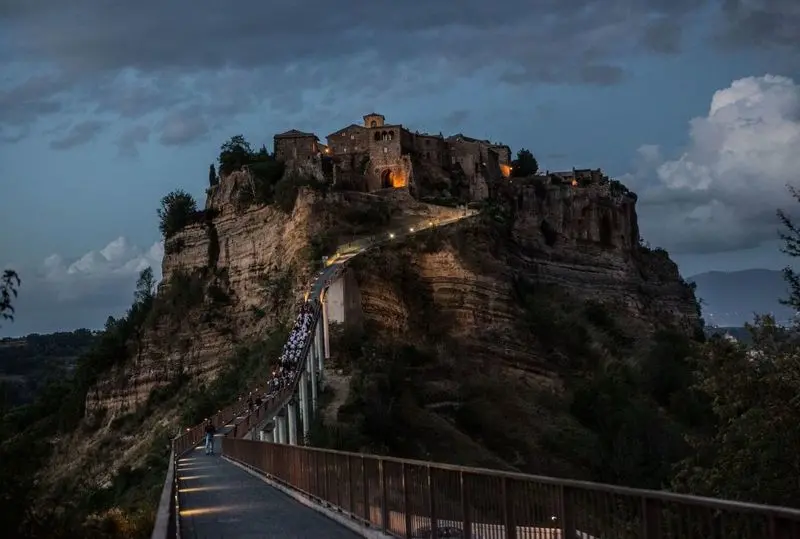Apice has lived through two earthquakes
Elia is the last resident of Provvidenza, a village destroyed by an earthquake. Unable to free himself of the memory of his wife who lost her life amidst those stones, he obstinately defends the legacy of the village refusing to follow the rest of the community, who prefer to forget, to “Nuova Provvidenza”. He stubbornly gathers mementoes, fragments of the stories that once populated the village that appear, here and there, in abandoned objects or in children’s drawings from the flattened school.
Created by Pippo Mezzapesa for his second feature length film Il bene mio, Provvidenza was the result of lengthy research carried out amidst the many ghost towns of Southern Italy. The director’s choice eventually fell on Apice Vecchia, just outside Benevento, a village suspended in time and abandoned after the earthquakes of 1962 and 1980. Beneath the rubble everything lies still. In the empty square are the remains of the signs that evoke an era that no longer exists: "Billiardi", "Salone". The decision to use a village abandoned because of earthquakes as the film’s location created a hugely realistic effect, and it almost seems possible to hear the echoes of time gone by amidst the wounds that blossom between the weeds and the violated intimacy of the old homes.


